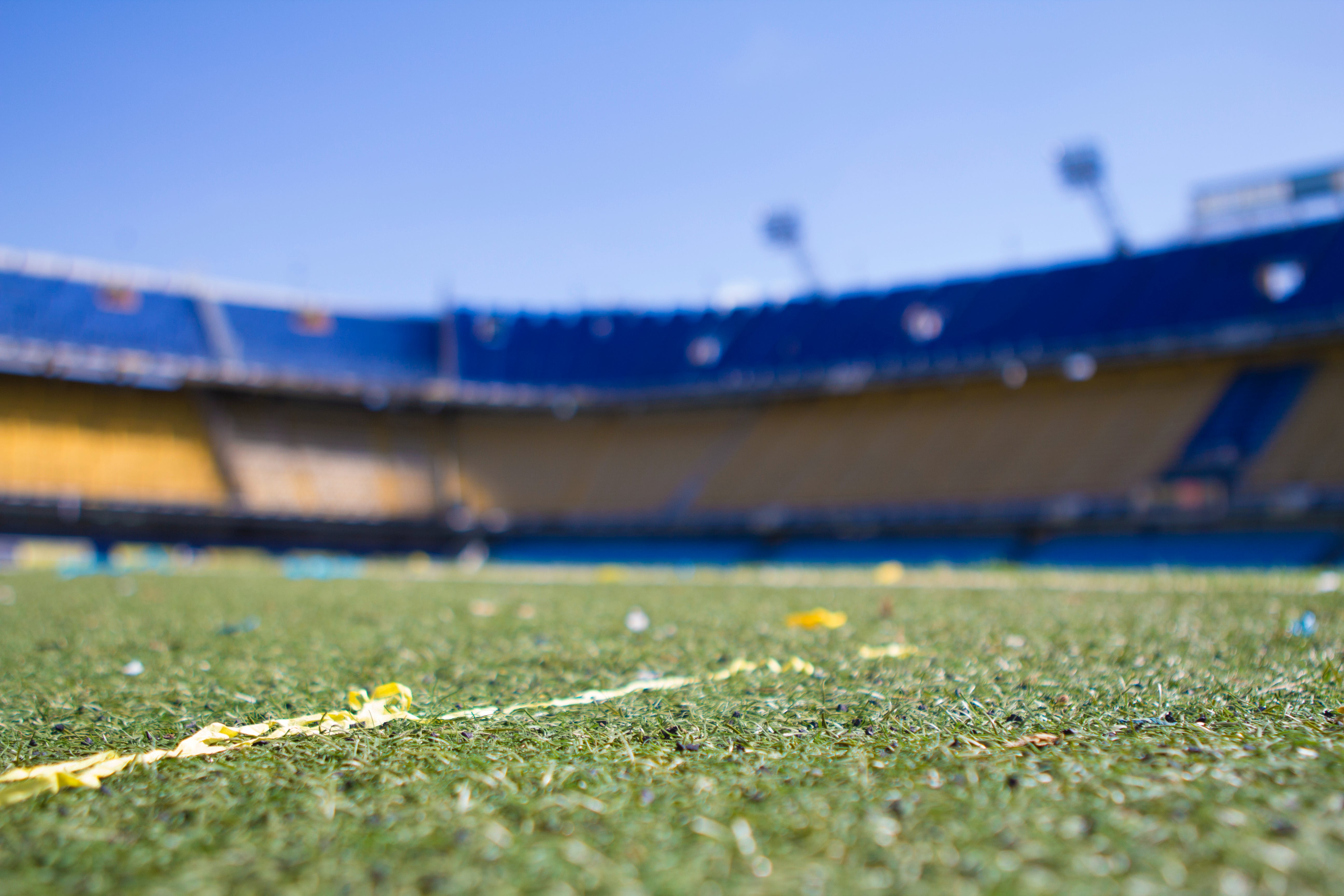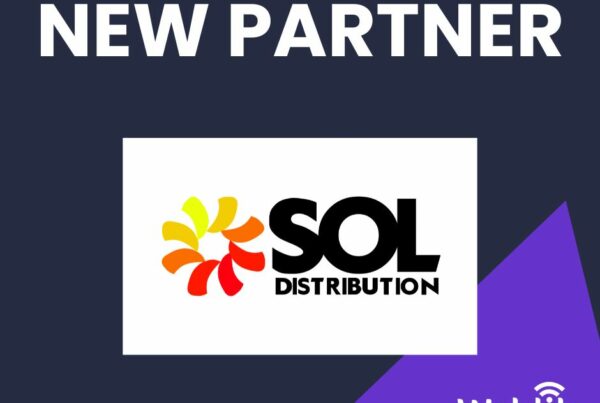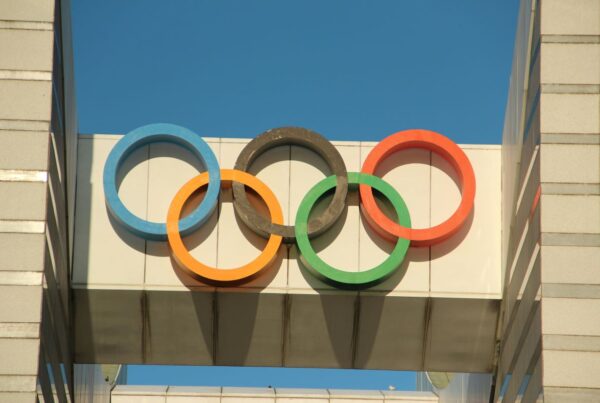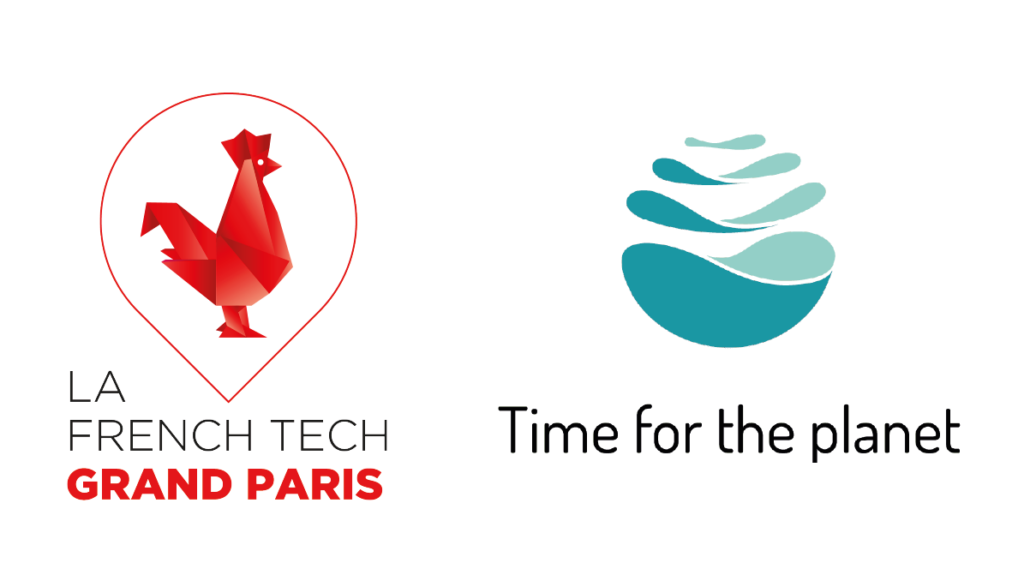Focus on the digitization of stadiums in France
The UEFA EURO 2016 football tournament was the opportunity that boosted the digitization process experienced by a number of large venues and arenas in France.
Most of the EURO 2016 stadiums called upon UCOPIA’s technologies to jumpstart this event and roll out the experience of the “connected stadium” on a large scale. Customer experiences, user journeys and powerful interactions are all key orientations for the major players in the French event industry.
UCOPIA has fortified its expertise on such subjects, and Duc Phan, Director at UCOPIA and in charge of Customer Relationship enlightens us about the concept of a connected stadium.
– Can you give us an insight to your vision of what a connected stadium is?
The connected stadium is mostly about making technology the pivot of any hosted event. Usage patterns have profoundly changed with the proliferation of smartphones. Today, attendees expect to be able to upload their pictures to social networks or share their experience with friends and family in real time. In the future, the goal will be to offer new services that are even more innovative than just placing food orders from the attendee’s seat, or watching replays of a game.
– Where do stadiums stand today with regards to these long-run goals?
As of today, to achieve such goals and support the digitization process, appropriate change management is required. So far, in France, stadiums have been slightly behind schedule compared to other arenas in the US, for example. Yet, French stadiums are closing the gap, and today, there are a few ground-breaking prototypes of connected stadiums in the country.
From a technical perspective, some venues offer High-Density Wi-Fi that supports up to 20,000 concurrent users. Wireless access points are deployed to provide the best possible coverage, as well as an experience customized to the specifics of each venue.
Through the UCOPIA captive portal which can be fully customized to the colors of stadiums, brands or event organizers, attendees are provided with free access to the wireless network, after filling out their personal details or using their social network credentials (Facebook, Google+ or LinkedIn). We work in close cooperation with our customers and we value their feedback that helps us design new products in tune with new user-related trends, or to optimize the customer’s cyber-trip.
Today, sharing experiences on social networks, drilling down into prognoses ahead of a game, or surfing on other news sites is just a click away.
For us and for our customers, the EURO 2016 proved the perfect opportunity to validate infrastructures and selected product features. Today, we are working towards adding more services that will help stadiums enhance the experience of their audiences and successfully deliver on their digital transformation.
– What could be the next steps of the digitization process for stadiums?
In the light of the latest user-related trends and other emerging signs, we believe that the focus will be set on « Mobile First » and « Customer Satisfaction » strategies. Players are expected to call upon Proximity Marketing to improve their on-site user experience. Their digital transformation will be carried out externally, and also through internal education of employees.
We are actually working on these topics to provide the right services when market demand will pick up. The features of our solutions will provide audiences with real-time information and help collect additional data. This will improve targeting strategies, avoid intrusive communications and, eventually, improve customer satisfaction.
We keep listening to our customers and supporting their projects, with the aim of assisting them at each step of their digital transformation. We provide them with the means to develop their strategies while yet remaining the owner of the data they have collected.








